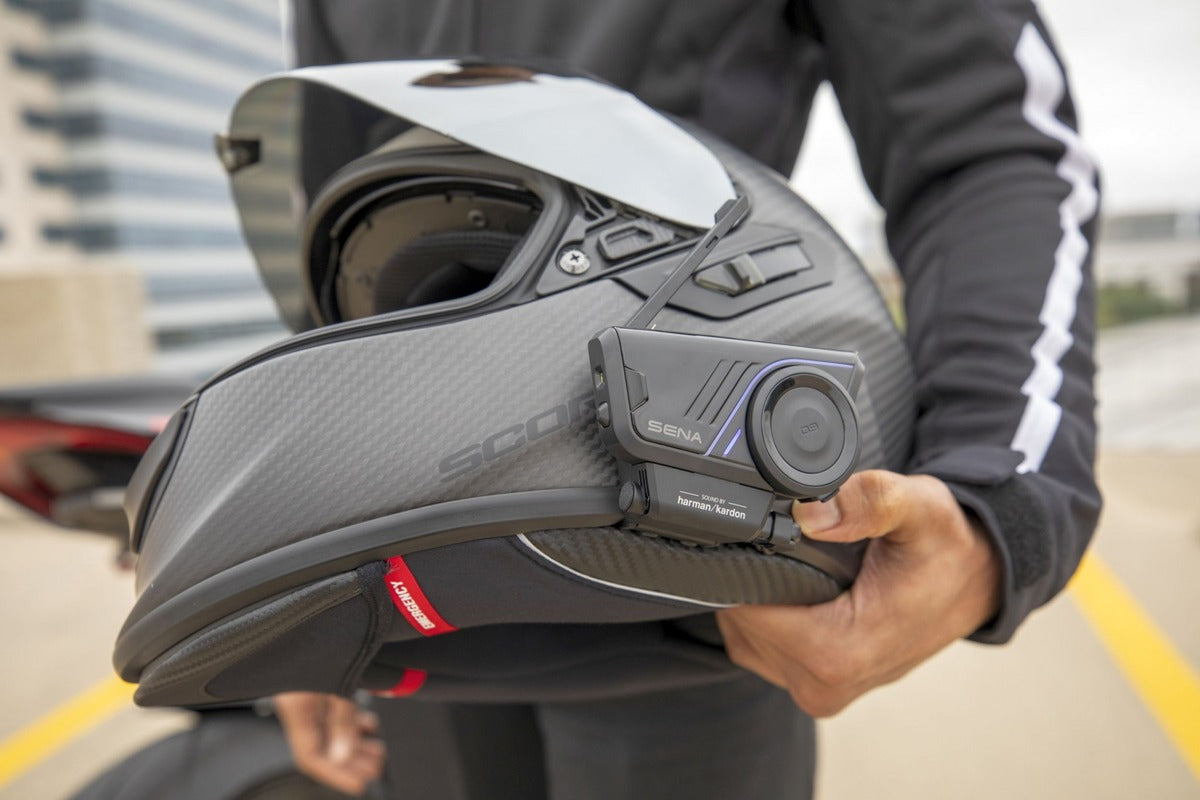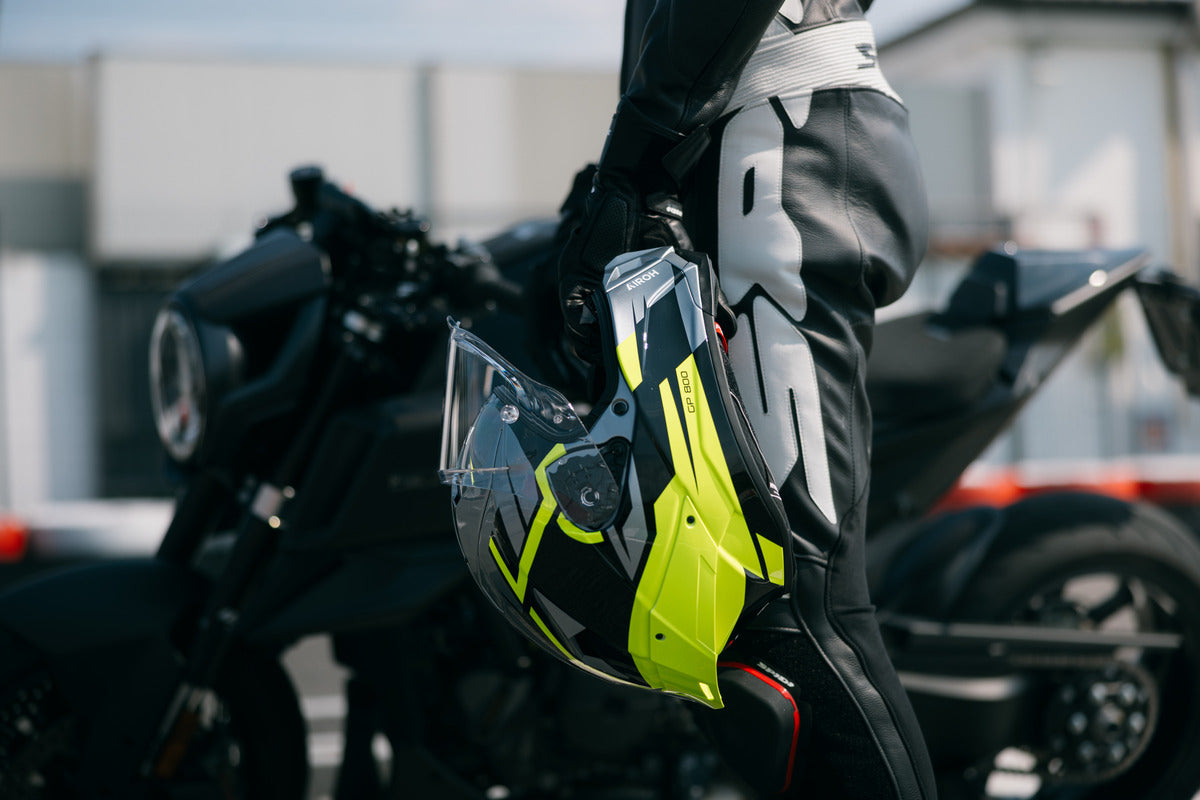
Understanding ECE 22.06: A Step Forward in Motorcycle Helmet Safety
When it comes to motorcycle helmets, safety is the number one priority. Over the years, the ECE helmet standards—established by the Economic Commission for Europe (ECE)—have been the benchmark for helmet safety worldwide. For years, ECE 22.05 was the gold standard, ensuring helmets met certain performance criteria. However, in 2020, ECE updated its standards with the introduction of ECE 22.06, ushering in a new era of safer, more durable helmets for riders everywhere. In this blog, we’ll explore what ECE 22.06 is and why it’s a major improvement over the previous ECE 22.05 standard.
What is ECE 22.06?
ECE 22.06 is the latest version of the helmet safety standard issued by the Economic Commission for Europe (ECE). It was introduced to improve the level of safety provided by helmets, especially given the advancements in materials and technologies. While ECE 22.05 was a solid standard, it did not account for modern crash dynamics or the growing focus on helmet comfort, fit, and durability. The ECE 22.06 certification incorporates a range of more comprehensive testing protocols and higher safety benchmarks that helmets must meet to be considered roadworthy.
Let’s break down how ECE 22.06 stands out in the world of motorcycle helmet safety.
Key Differences Between ECE 22.05 and ECE 22.06
- Expanded Impact Testing:
- ECE 22.05 helmets were tested using a single impact test on a flat anvil. This test, while effective, doesn’t fully replicate the different types of impacts a rider might experience in real-world accidents.
- ECE 22.06, however, includes a much more comprehensive testing protocol. Helmets are now subjected to multiple types of impacts on different anvil shapes (flat, edge, and hemisphere) to simulate a wider range of crash scenarios. This gives riders greater assurance that their helmet will protect them in a variety of crash situations.
- Rotational Impact Testing:
- One of the most important updates in ECE 22.06 is the addition of rotational impact testing (also called oblique impact testing). This simulates the twisting forces that occur when a rider’s helmet slides along the road during an impact. These rotational forces are particularly dangerous because they can cause brain injuries like concussions.
- ECE 22.05 didn’t account for these forces, which means that helmets meeting the older standard weren’t tested for some of the most common crash dynamics.
- Visor and Shell Integrity:
- ECE 22.06 introduces stricter testing for the visor and helmet shell. Helmets must undergo tests to ensure that the visor stays attached during a crash, preventing it from detaching and becoming a hazard or obstructing the rider's vision.
- The helmet shell itself must be more robust to withstand a variety of impacts, including those that might cause the helmet to shift or break apart during a crash. ECE 22.06 ensures the helmet stays intact when the rider needs it most.
- Better Internal Padding and Comfort:
- ECE 22.06 pays greater attention to internal padding and helmet fit. Helmets must meet new requirements for adjustable fits, making them more comfortable for riders of all shapes and sizes. Proper fit is crucial, as an ill-fitting helmet can shift during a crash, reducing its protective effectiveness.
- The internal padding must also provide better impact absorption, further enhancing the helmet's ability to protect the rider’s head in the event of a collision.
- Chemical and UV Resistance:
- ECE 22.06 tests helmets for chemical resistance (against sweat, oils, and other environmental factors) and UV resistance. These tests ensure that the helmet’s materials won’t degrade or lose their protective properties over time due to sun exposure or exposure to chemicals.
- This is a notable improvement over ECE 22.05, which didn’t include these kinds of durability tests, making ECE 22.06 helmets more reliable in the long run.
- Weight and Size Adjustability:
- ECE 22.06 has stricter regulations on the weight of helmets and size adjustability, which helps manufacturers create helmets that are lighter and more comfortable. Helmets that are easier to wear over long periods are more likely to be worn, improving overall safety.
Why ECE 22.06 is a Game-Changer
The ECE 22.06 helmet standard is a major step forward in motorcycle helmet safety. By incorporating more rigorous testing for a variety of impact scenarios, rotational forces, visor integrity, and long-term durability, ECE 22.06 helmets offer a higher level of protection and comfort than ECE 22.05 helmets. If you’re in the market for a new helmet, investing in one that meets the ECE 22.06 standard ensures you’re getting the latest technology and design for optimal safety on the road.
Motorcycle safety isn’t something to compromise on, and with the improved standards of ECE 22.06, you can ride with greater confidence, knowing that your helmet is built to protect you in the best way possible. Stay safe, stay smart, and choose a helmet that meets the ECE 22.06 standard.

